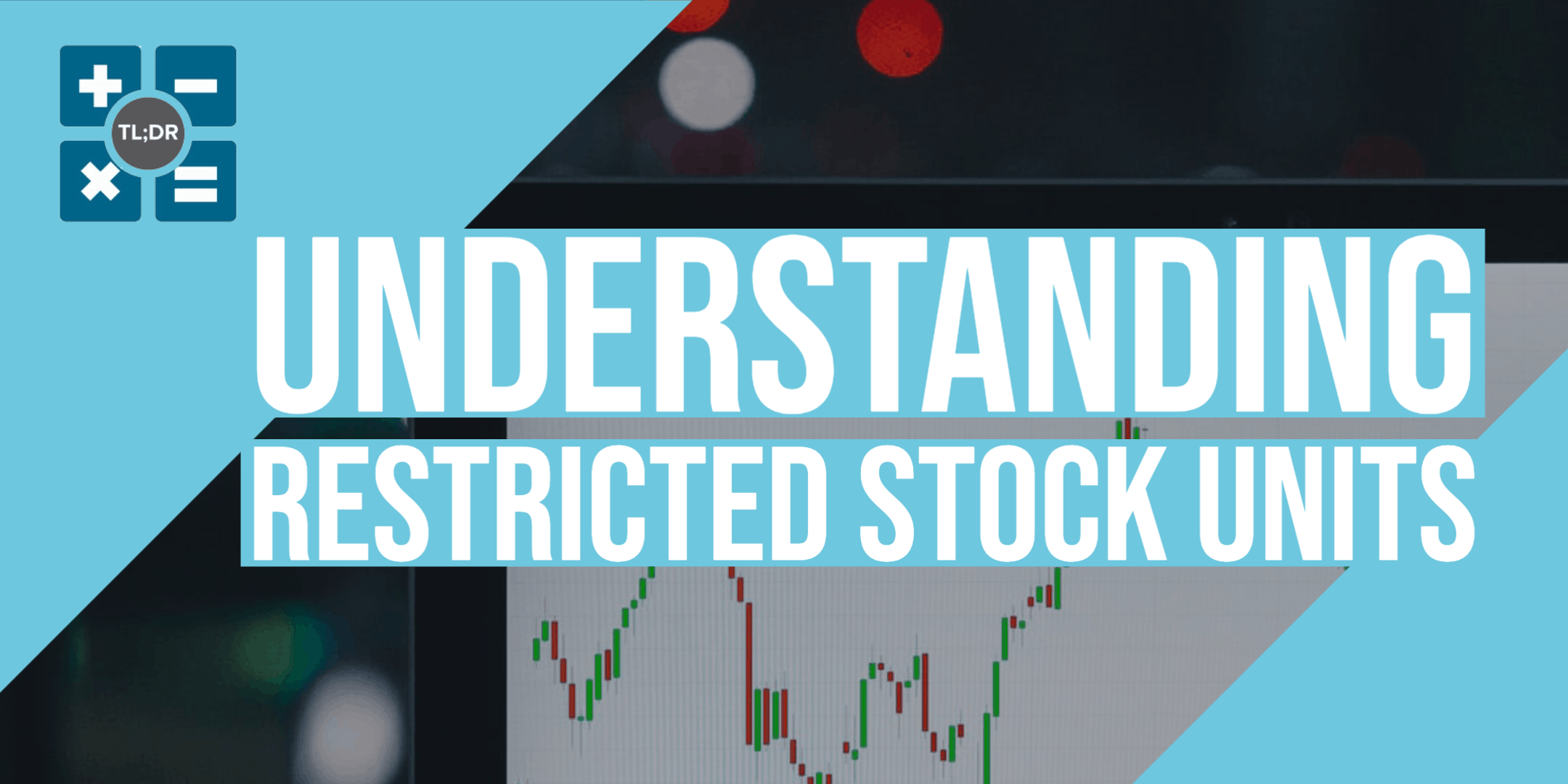Are you familiar with RSUs, or Restricted Stock Units? We know the term is intimidating, but we have experience dealing with RSUs, and we can help you deal with them, too. Let’s get into what RSUs are.
What Are Restricted Stock Units?
RSUs are a way to compensate employees. It’s a method that’s used very frequently in the tech industry. An employee is given stock grants that vest on a set schedule. On the vesting date, the employee receives the right to the stock, at which time it is taxed and included in the employee’s compensation.
Now, something weird is happening here. The employee receives the stock (which is property but not cash) and now owes cash taxes on the property received. So while they might be wealthier in a general sense, they are at risk of being poorer cash-wise. What’s to be done about this?
Enter the concept of sell to cover. This usually is an option offered where a set amount of stock is sold to cover your estimated taxes on the stock when it vests.

Getting the Rate Right
So the sell to cover option sounds great, right? You sell a portion of your stock just to cover the income taxes on the stock that vested. Well, it’s not as simple as it sounds. Often, the sell to cover option will cover a tax rate of 22% to 25%. But as you know, the current tax brackets go up to 37%.
Now, the operative word here is marginal tax rate, the tax on the next dollar you earn because the stock income is in addition to the rest of your income. If your marginal tax rate is over 30% and your sell to cover option only goes up to 25%, then you could owe a surprise amount of extra tax after year-end.
Your options are to increase your sell to cover rate, or to increase your monthly withholding.
Let’s look at an example:
You have 100 shares of Amazon stock that vested on May 1, 2020. Assuming it vested at opening price, you became 2,336.80 * 100 = $233,680 wealthier! Now, the bad news. That $233,680 gets included on your W-2 because it is taxable income. The sell to cover triggers and 25% of that amount, or $58,420, is reserved for taxes.
The sell to cover will be reported on your Schedule D come tax time. Generally there’s very little gain or loss involved in the sell to cover because it happens so quickly after vesting.
BUT… let’s say that this stock sale rockets you from the 24% tax bracket into the 35% tax bracket, which is entirely possible! Your sell to cover was unfortunately tuned closer to your normal tax bracket.
Now, our example is a bit oversimplified, but in this case you would owe an extra $23,368 on taxes. If this isn’t accounted-for by an increase in your withholding, you may owe penalties and interest on the underpaid tax!
TL;DR: Restricted Stock Units (RSUs) make you wealthier when they vest, but they can lead to nasty tax surprises if you haven’t tuned your sell to cover percentage or withholdings. Don’t put yourself in the position of cursing your RSUs come tax time. Plan ahead — we can help!






